Sealed vs Bass reflex enclosures | Which one is better?
Which is better : Sealed or Ported ?
Sealed vs Bass reflex , closed box vs ported box, acoustic suspension vs vented enclosure … the age old question : which one is better ? Clearly, this is not an obvious choice, because no one can recommend one or the either. One is better in certain aspects and the other may not be so good. Given your personal needs, you can make a more appropriate decision, more suited for your project. There are certain characteristics that describe all of the enclosure types, and we are going to try to enumerate most of them, and elaborate them in a sealed vs bass reflex point of view, regarding that specific characteristic.
Real world example
For some of the points we are going to make, we are going to use a real subwoofer as an example, which is the JL 8W3v3-4 (Amazon affiliate link), an 8″ subwoofer. Why we chose this subwoofer ? Because there are woofers which are destined for sealed enclosures, and woofers which are specifically made for bass reflex, and to make the comparison more of an apples to apples comparison, we chose a woofer that is somewhere in the middle.
To find out which enclosure is best suited for your woofer, you need to calculate the Efficiency Bandwidth Product (EBP). Simply divide Fs / Qes and if you get a number between 50 and 100, the woofer is suitable for either one (lower than 50 is best for sealed and higher than 100 is best for bass reflex). For our JL woofer, Fs / Qes <=> 35 / 0.5 = 70. So EBP = 70, which is almost bang in the middle. To draw additional conclusions, we are going to use an extra woofer, similar to our initial speaker, but bigger in size (12″). For the 12″ woofer, the EBP is 57, which is in the 50 to 100 range.
We shall go step by step, and see which enclosure type will be better in different aspects. Why not keep a score and see who gets the most points. I know you love numbers, so here we go :
Box volume
If we look at what the manufacturer recommends, in terms of volume, it’s 8.5 L for the sealed box, and the same 8.5 L for the ported box. Wait a minute … shouldn’t the sealed box be smaller than the bass reflex counterpart ? Yes, it should, and indeed it is. The manufacturer quotes the net volumes, which means that you have to add anything that goes into the box, like the volume dislocated by the magnet assembly (driver displacement), the vent, bracing etc. The driver displacement is 0.85 L and the volume of the port is 0.93. The manufacturer recommends a 2″ port and I don’t like that. The port should be a minimum of 3″ , ideally 4″. If you make the port 4″ , you need to make it longer as well, to maintain the same resonance frequency. But let’s stick to the manufacturer’s indications.
So the effective internal volume of the box is
- Sealed : 8.5 + 0.85 = 9.35 L
- Ported : 8.5 + 0.85 + 0.93 = 10.28 L
So bass reflex is bigger by 1 liter … big deal ! Well, it is actually 10% larger. If I think about it, that doesn’t sound like much. That is because I chose a small woofer. Enclosures will vary in size, but they will still be in a small form factor, because the woofer is small.
By contrast, let’s make the same boxes for his 12″ bigger brother, the 12W3v3-4 (Amazon affiliate link) (numbers are used from JL website) :
- Sealed : 31.8 + 2 = 33.8 L
- Ported : 49.6 + 2 + 7.5 = 59.1 L
Now that is a massive difference in volume : 25 L, which means the bass reflex box is 75% larger than the sealed one. Guess we have a clear winner.
Sealed vs bass reflex 1 – 0
Box design and build difficulty
Design
When you are designing a sealed box, all you have to do is calculate the volume of the box. That’s pretty much it. The volume will dictate the tuning frequency of the box and the damping of the box. Depending on your desired end-result, the enclosure can be smaller or bigger. When you design a bass reflex cabinet, besides the volume, you will need to design the port as well. This needs to have a minimum diameter, a certain volume and a certain compliance. Regarding the compliance, if you make the port bigger in diameter, you need to make it longer, to keep the compliance at the needed level. So there has to be an equilibrium between dimensions.
How to design loudspeakers - video courses
In terms of sound damping material, usually a sealed box will be filled with fiber glass or equivalent material, which is easy to do. In the bass reflex counterpart, you can’t fill the box, because you will obstruct the air circulation through the port. So, for damping , you will have to apply a layer of sound damping material on the internal walls. This is arguably more time consuming than sealed.
In terms of design, clearly the bass reflex is the one with increased difficulty. But let’s be honest here, if you know how to use a software to design a sealed box, you will probably get it right for the ported box as well. Nevertheless, sealed has less variables to consider, therefore easier to make.
Build
In terms of build difficulty, I would say that they are not far from each other. The bass reflex needs an extra hole to place a pipe in it, and this should be done with minimal effort. Nevertheless, sealed is a notch easier to make. However, what it is of considerable importance is the building errors, when the enclosure is ready. If you design the box correctly, but you are not much of a carpenter, you will have some construction consistency issues. If you make a sealed box a bit bigger or smaller than you planned it to be, it will not have a big impact on the overall sound. However, bass reflex has little tolerance to errors when it comes to executing a correct build.
Sealed vs bass reflex 2 – 0
Efficiency
Efficiency is one of the strong points of the bass reflex enclosure, and of course one of the weak points of sealed enclosure. Near the resonance frequency of the box, the port increases the overall output by 3 db. Of course, you can make it sound louder than 3 db, but that is with sacrificing the frequency response, and generally will sound bad. Same thing applies to sealed box as well : you can increase the efficiency, but only by sacrificing sound quality. But, in “normal conditions”, bass reflex has the upper edge (+3 db), and that is why people prefer bass reflex. Bass reflex will be louder than sealed, and will require less power to play at the same volume level compared to the sealed counterpart.
You can see from this graph, the peak in the frequency response, courtesy to the all mighty bass reflex port.
Sealed vs bass reflex 2 – 1
Bass extension
This is the ability of the system to play the lowest notes. Bass reflex will have a broader frequency response, because the port will allow it to play lower, even lower than its resonant frequency. The problem is that when it starts to roll-off, it does so at 24 db / octave. While sealed does start to roll-off sooner than bass reflex, it does so at a very smooth slope of only 12 db / octave. This means that somewhere down the line, the sealed box will have better response than the bass reflex box. Let’s use our 12″ woofer to model some graphs.
As you can see from the graph, above the yellow point, bass reflex has the edge, but below it, because bass reflex has such a steep roll-off, sealed has improved response for the low notes. Don’t get me wrong, at that point, it is already -10 db. That is somewhat concerning, but still, well in the hearing range to make a difference.
Alternate way to see bass extension
Looking at this graph, and comparing sealed vs bass reflex bass extension, it’s pretty hard to decide which one has the upper hand. Bass reflex has the upper part of the graph (which is more important in my opinion) and sealed has the lower part of the graph, responding better than ported, for the really deep notes. Since we are talking about bass extension, I should award sealed the point. But before I make any rash decisions, I want to make some alterations to the bass reflex enclosure. Make it a bit bigger, lower the tuning frequency of the port, and try to make the response as flat as possible, to resemble the sealed one. I won’t be benefiting from the improved efficiency of the ported design, but i will get better frequency response.
Now our bass reflex speaker plays, in a linear fashion till 30 Hz, and then it starts to roll-off. Looking good so far and better than sealed. In this graph the lines don’t even intersect, so even at a -20 db, bass reflex has still better response than sealed. Eventually, sealed will catch up, because the vented box has such a steep slope and sealed such a smooth one. But it will be somewhere at the -25 db mark. I don’t think that will make any difference. The response is so poor for both of them at that level, that it doesn’t matter which one performs better, or should I say less worse. Because of this I am going to give the point to bass reflex.
Sealed vs bass reflex 2 – 2
Distortion
Distortion happens in different ways, and in different circumstances, depending on which enclosure type we are talking about. Let’s take each enclosure type individually and see who is better, distortion wise.
Sealed enclosure :
- Better control on the speaker, because of the damping of the enclosure. This means less distortion (+1)
- At low frequencies, the speaker needs to move more to match the output level of the bass reflex. More excursion, more distortion (-1)
Bass reflex enclosure :
- At resonant frequency of the box, the port does all the hard work and the speaker barely moves. Less excursion , less distortion (+1)
- Below resonant frequency of the box, the effect of the port is defeated and speaker reaches dangerous excursions. More excursion, more distortion (-1)
- The port itself does introduce some distortion to some degree, but with the modern software design tools and available port shapes to minimize distortion, there is no reason to not make a good port with minimal distortion. I will set this point as neutral, and not add nor discard any points (+0)
Depending on which advantages you care for, sealed can be better than bass reflex, in terms of distortion, or vice-versa. Because of this, I’m going to call it a tie and award each enclosure type one point.
Sealed vs bass reflex 3 – 3
Transient response
It is no secret that the transient response of the sealed enclosure is better than the transient response of the bass reflex. We call transients, those sudden short duration sounds. The speaker needs to be fast, so it can handle these sudden sounds (transients). How can you tell if the transient response is good or not? You simply look at the frequency response chart. When the response starts to roll-off, if the roll-off slope is steep, then the transient response is bad. If it’s gradual, then the transient response is good. Since, in theory, the roll-off slope for sealed is 12 dB/octave and for bass reflex it’s 24 dB/octave, we have a clear winner. However …
How to design loudspeakers - video courses
For the sealed enclosure, not all of them are equally good. It all boils down to the Qtc.
- Qtc = 0.5 : Perfect transients, but low efficiency (over damped).
- Qtc = 0.707 : Good transients and flat response with minimum cutoff (considered the best compromise).
- 0.7 < Qtc < 1.2 : Better efficiency, somewhat degraded transients, steeper roll off.
- Qtc > 1.2 : High efficiency, bad transients, bad frequency response (under damped).
Depending on how you design your box, you can get better or worse transient response. This is true for sealed and bass reflex as well. Nevertheless, if you go all out on the best transient response possible, disregarding all other sound characteristics, sealed is the winner.
Sealed vs bass reflex 4 – 3
Sealed vs Bass reflex conclusion
If you were keeping an eye on the sealed vs bass reflex score, you noticed that sealed edged out a bit. In addition to that, I could add some negative points to bass reflex : the port can introduce unwanted noise, and bass reflex might need a subsonic filter, so long excursions do not occur, below the resonant frequency. To be honest, I tried to chose specific characteristics to make it a tie at the end, but it seems that I failed miserably. And even with these extra negative points for bass reflex, I still can’t crown sealed as the winner.
Some speakers are designed for sealed and some are designed for bass reflex. You will get better results, if your speaker is specially destined to a particular type of box, and you comply to that. Some times you don’t have enough room to work with (like a car), so you go sealed. Sometimes you want your woofer to be as loud as it can get, so you go for bass reflex. There is no right or wrong. There is only what is best for you. You get to decide which is better ! … for you.
References
- Loudspeaker Design Cookbook 7th Edition by Vance Dickason (Audio Amateur Pubns, 2005). (Amazon affiliate link)
- How to Build Speaker Enclosures by Alexis Badmaieff and Don Davis (Howard W. Sams & Co, 1966). (Amazon affiliate link)
- Newnes Audio and Hi-Fi Engineer’s Pocket Book by Vivian Capelm (Elsevier, 2016). (Amazon affiliate link)
- The Audio Expert: Everything You Need to Know About Audio by Ethan Winer (Focal Press, 2012). (Amazon affiliate link)






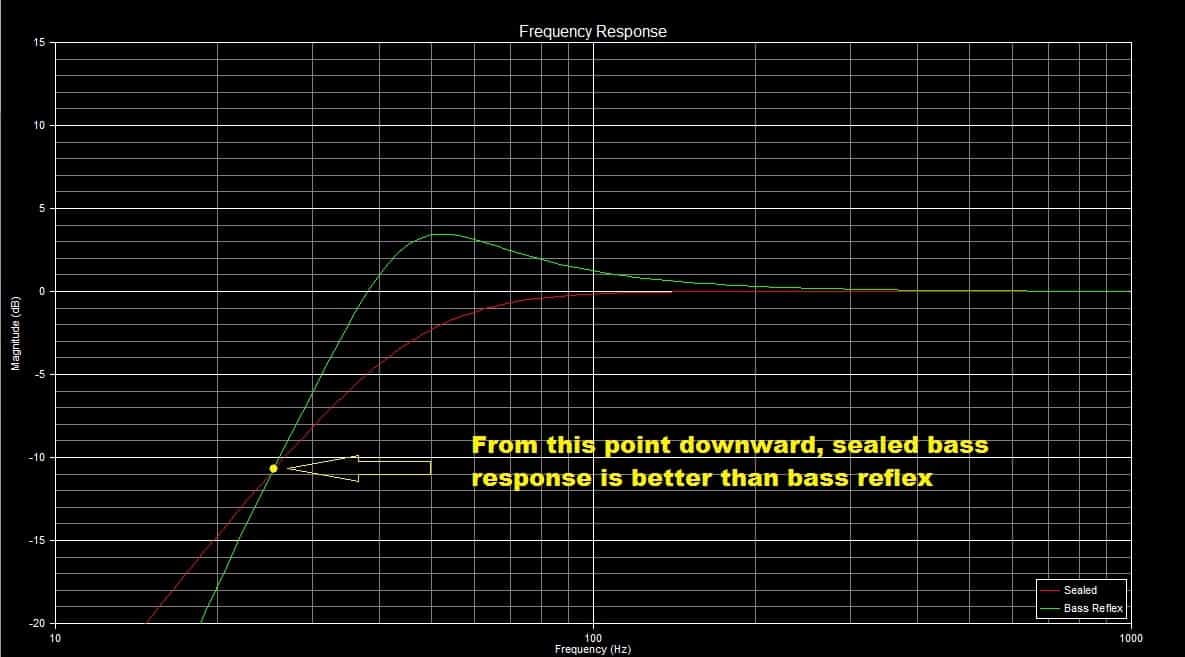
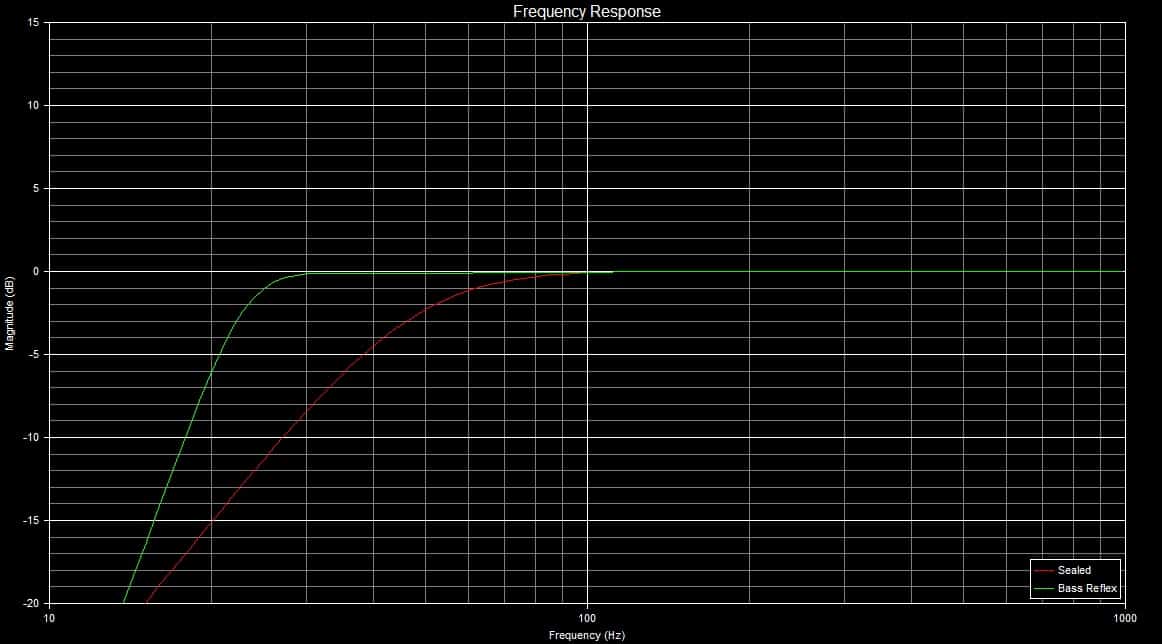


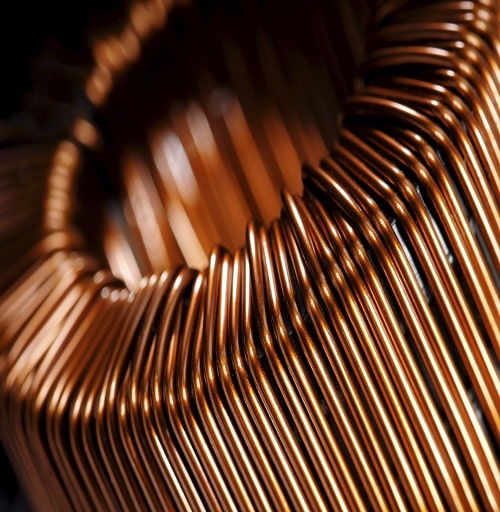
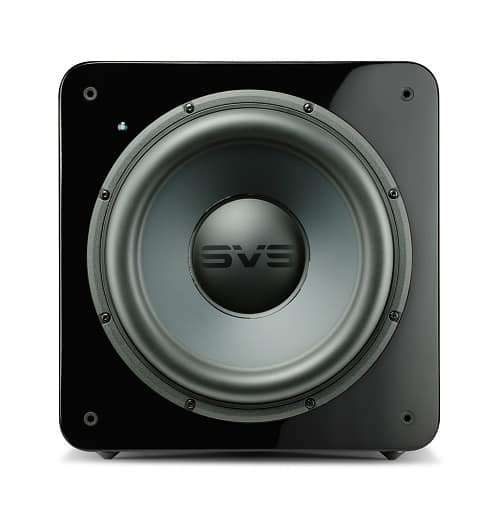
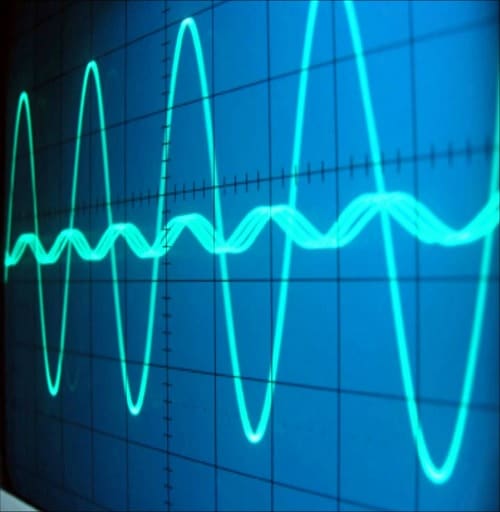

14 comments
Hello, the hole thing is going fine here and ofcourse every one is sharing facts, that’s inn fact fine,
keep up writing.
What a good article ! Enjoyed reading it.
You cleared quite a few mysteries for me. Thank you.
Cheers
Liked IT !!
spune: Mi-ai adus aminte de bancul ala cu femeia care atunci cand mergea cu barbatu’ la restaurant, pentru ea cerea carne si pentru el salata de varza. Azi asa, maine asa, pana o intreaba ospatarul de ce comanda pentru sot numai salata de varza. Raspunsul ei: “Ca iepurele da, ca iepurele ma&!ncaan#8221; Al meu e gurmand, nu ar supravietui numai cu cruditati!
Your opinions are praiseworthy sir.By your thinking matter I have designed my own bass reflex box….thanks to you……!!!!!!!!
It’s almost coming together for my first real box build… thanks for the 1 more step explanation! Good to know for those of us looking for perfect sound!!
Glad to be of help.
You can utilize MFB in a closed speaker but not in a ported speaker afaik.
Thanks for the great article, very fun way to compare both solutions.
One extra thing to consider with a bass reflex speaker, is that the port location can have additional interactions with the speaker environment (ex. rear-ported, speaker close to a wall).
Since the port covers bass frequencies, which have very long wavelengths, the position of the port has a negligible effect on overall sound. Placing a rear firing port close to the wall might obstruct the port and cause unwanted noise. That is true, but let’s consider both scenarios in optimal conditions :).
Higher q results in smaller volume and smaller volume is higher degree of springing, so better transient response. But, it now needs more energy to move the cone, so less efficiency. But you say the opposite. Am i missing something?
Anyway, i appreciate your detailed explanation. Bookmarked. Thank you.
I guess this article needs a bit of updating. To check the transient response, you look at the roll off slope. If it’s shallow/gradual, then the transient response is good. If the roll-off slope is steep, then the transient response is bad. As Qtc goes up then the roll-off curve gets steeper and the transient response worsens. The air inside the cabinet will help getting the correct springiness, up until a certain point. Then it will worsen it. Because you can’t increase the power you deliver to the speaker indefinitely, as you will exceed the power handling of the speaker at some point.
How about using a PVC ball valve to adjust the reflex action, barely crack the valve open to compensate for excursion
That’s such a funny and ingenious thing. If you do that, and barely crack the valve open, you basically have a sealed leaky box instead of a bass reflex.